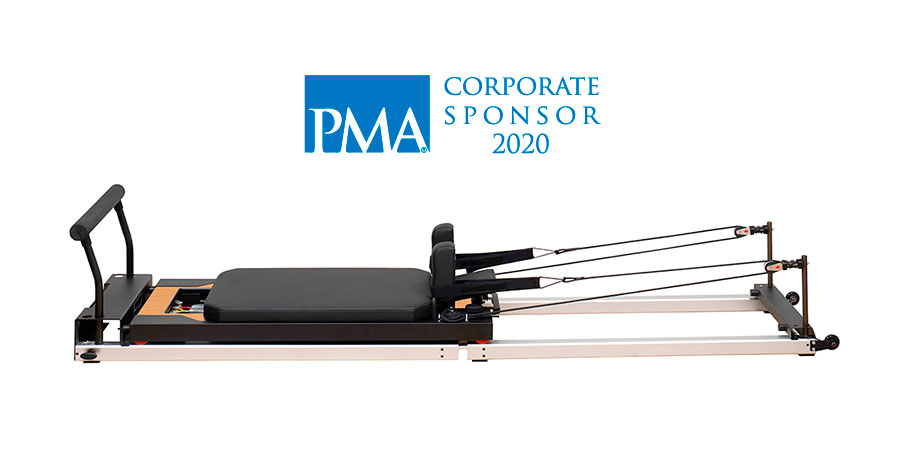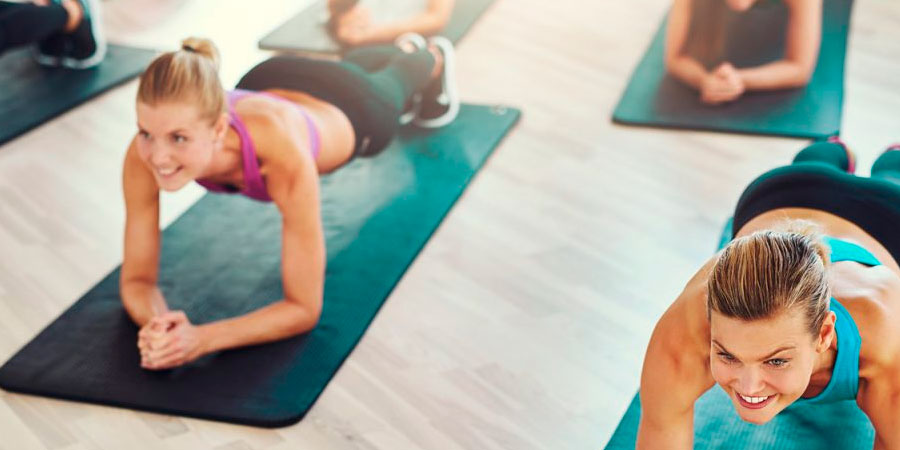As a business owner who offers both Pilates and yoga at my studio, I run into this question on a regular basis.
My answer can be detailed or basic, depending on my audience. Here are some comparison points about the two disciplines based on my personal experience with both. For the purposes of this discussion, I am comparing yoga to Pilates on the apparatus.
Origins
- Yoga was developed over 5,000 years ago in India with the purpose of connecting individual consciousness to a universal consciousness creating spiritual enlightenment. Poses or “asanas” combined with breath control and meditation improve the physical, spiritual, mental and emotional health of the practitioner.
- Joseph Pilates began development of his regimen (historically called “Corrective Exercise” and then “Contrology”) approximately 100 years ago. The underlying theme of Pilates is a systematic and disciplined approach to physical movement through focus and clarity of the mind. Joseph Pilates created apparatuses which could support the body in order to correct dysfunction and improve movement.
Equipment
- Yoga utilizes mats and small props to aid or support the practitioner.
- Pilates has an extensive array of machines, or “apparatuses,” designed to assist the individual in improving alignment, strength and coordination.

Movement
- In my experience, yoga poses are typically held for extended time periods to release muscle tension. In some styles of yoga, a long series of poses is repeated sequentially, with the purpose of warming the body to allow for increased range of motion.
- Pilates movements are often guided by the apparatus, which can be configured by the teacher to provide assistance or resistance for the client. The focus in a Pilates session is often on a relatively short piece of choreography emphasizing control and precision. A movement is focused on and repeated for a few repetitions before moving onto the next exercise.
Mind Body Connection
- In many types of yoga, the session starts with the setting of an intention for the practice and ends with a guided meditation and relaxation or “savasana.” Goals are to clear the mind and surrender to the movement.
- In Pilates, there is constant attention on posture, alignment and movement mechanics. The practitioner is encouraged to focus on each movement, staying present and intentional. The theme of controlling the body with the mind is ever-present.
- Yoga teaches breathing in and out through the nose or a “warming breath.” This type of breathing is designed to relax the body and calm the mind. Focus in yoga is on “belly breathing.” The classes I take often use the breath as a mechanism to time each pose for example: “Hold this pose for another 4 breaths.”
- Pilates teaches breathing in through the nose and out through the mouth. This type of breath is considered “diaphragmatic” and is meant to energize and prepare the body for strong engagement. The practitioner is encouraged to “move with the tempo of the breath,” coordinating the two.
Intention
- Yoga emphasizes the mind-body and spiritual connection, quieting the mind by focusing on mastery through introspection. Flexibility and strength are improved through repetition of the asanas.
- Pilates follows a systematic approach, focusing on individual movements as they integrate with the whole. The intended outcome from Pilates is improved posture and creating a strong, balanced and stable base from which to move.
Source: https://www.pilatesmethodalliance.org/Shared_Content/PMA-Blog/The-Method/Pilates-Thats-Like-Yoga-Right.aspx








